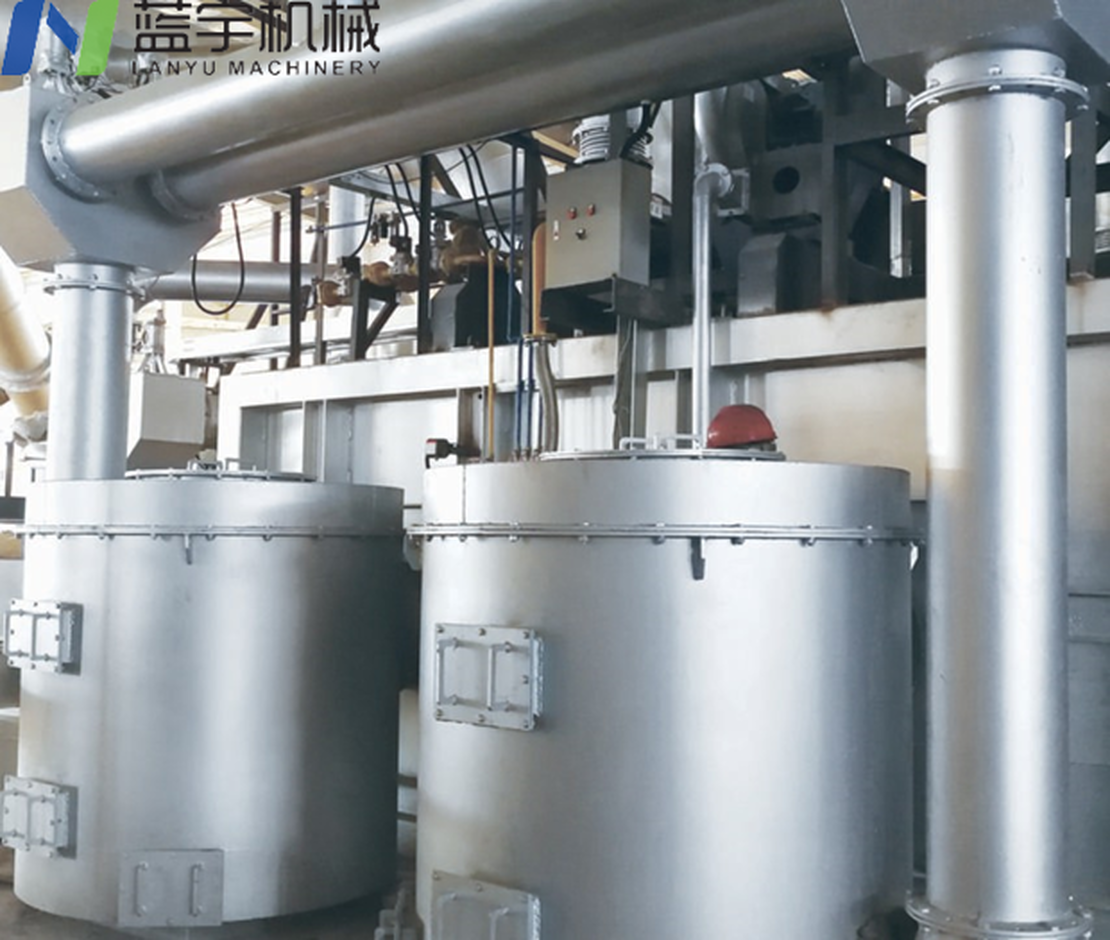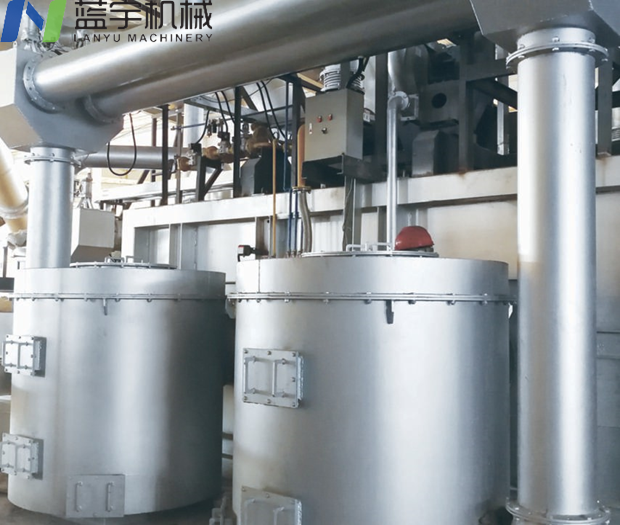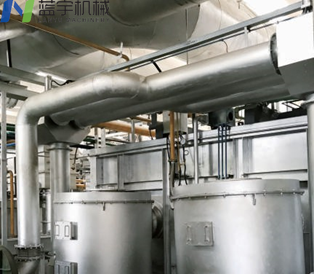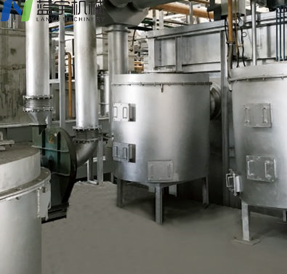
Low Nitrogen Diffusion Combustion System
- Combustion system
- April 26, 2025
Table of Contents
Application Scope
The Low Nitrogen Diffusion Combustion System is suitable for various non-ferrous metal melting furnaces and holding furnaces, widely used in the initial melting and heat preservation processes of products such as aluminum alloy ingots, zinc alloy ingots, aluminum alloy bars, aluminum plates/aluminum strips, aluminum wheels, and zinc-aluminum die-castings. As an efficient, energy-saving, and environmentally friendly product, this system meets modern manufacturing demands for energy optimization and environmental protection, making it an ideal choice to enhance production efficiency and reduce operational costs.
Working Principle
System Composition
The Low Nitrogen Diffusion Combustion System primarily consists of two regenerative chambers and a main burner, utilizing a diverter valve to achieve efficient heat recovery and utilization.Air Heating Process
- Combustion air at ambient temperature is conveyed by the blower and directed into Regenerative Chamber A via the diverter valve.
- The air is rapidly heated to approximately 600-800°C by ceramic蓄热球before entering the furnace chamber.
Combustion Method
- After heating, high-temperature air in the furnace chamber entrains surrounding flue gases, forming a lean oxygen, high-temperature airflow with low oxygen content.
- Under low-oxygen conditions, fuel is mixed with this airflow to achieve efficient combustion, ensuring uniform and robust burning.
Flue Gas Treatment and Heat Recovery
- Hot flue gases from the furnace chamber are directed into Regenerative Chamber B via the diverter valve.
- High-temperature flue gases release heat in Regenerative Chamber B, heating ceramic蓄热球to approximately 800°C.
- The treated low-temperature flue gases (below 150°C) are then discharged, minimizing thermal energy waste.
Heat Cycling and Alternating Operation
- When the stored heat in the regenerative chambers reaches saturation, the diverter valve activates to switch modes.
- Both regenerative chambers alternate between heat absorption and heat release states, maintaining a continuous cycle to achieve energy conservation and efficiency.
Energy-Saving Effects
- Through efficient heat recovery and utilization, fuel consumption is significantly reduced.
- Flue gas discharge temperature is controlled below 150°C, meeting environmental standards and enhancing overall energy efficiency.
Technical Features
- Efficient Switching Mechanism:
The system supports flexible switching cycles ranging from 30 to 120 seconds, ensuring stable operation. - Strict Temperature Control:
Discharge temperature is maintained within the range of 100-150°C, with a maximum peak not exceeding 180°C, effectively reducing energy waste and environmental risks. - Significant Energy-Saving Benefits:
Energy consumption for each ton of aluminum product is controlled to below 60 cubic meters, achieving up to a 50% reduction in energy consumption compared to traditional methods, significantly lowering operational costs. - Dual Improvement in Environmental Protection and Efficiency:
Dispersion combustion technology reduces nitrogen oxide emissions, lowers material burn-off rates, enhances product quality, and improves production efficiency.
Main Models
100MK, 200MK, 300MK, 400MK, 500MK, 600MK


